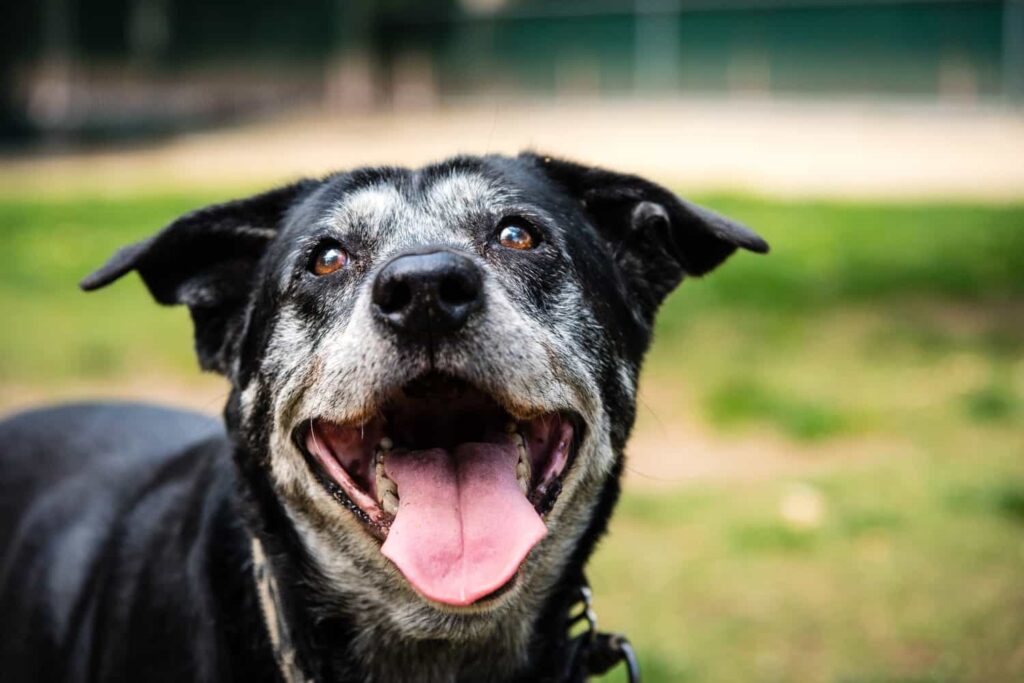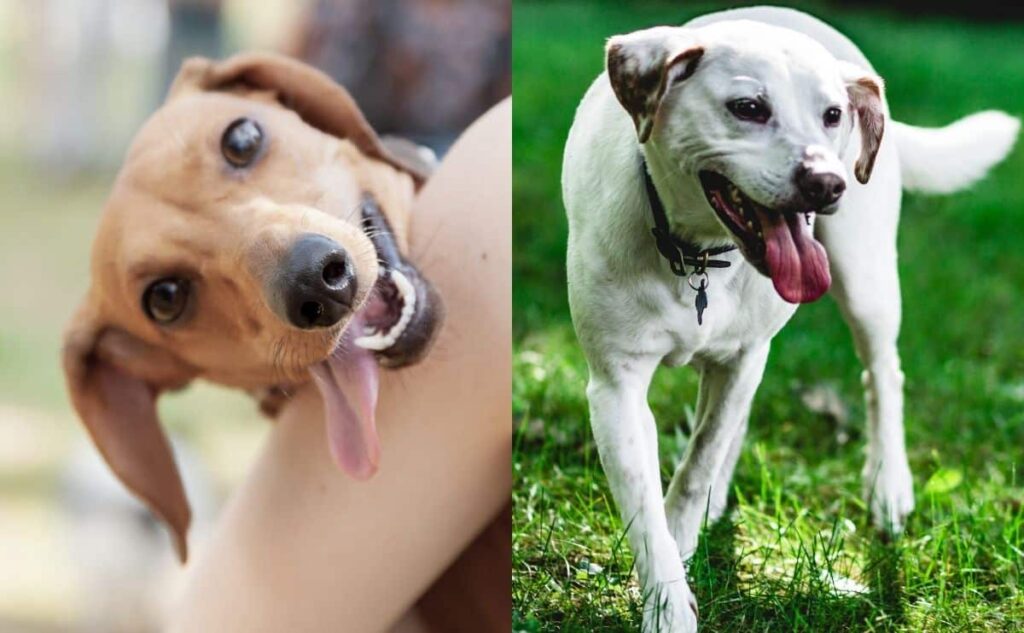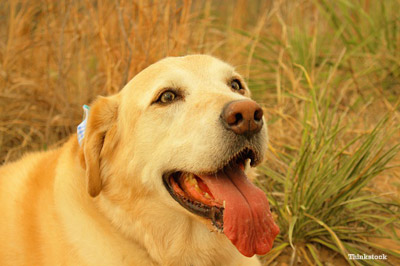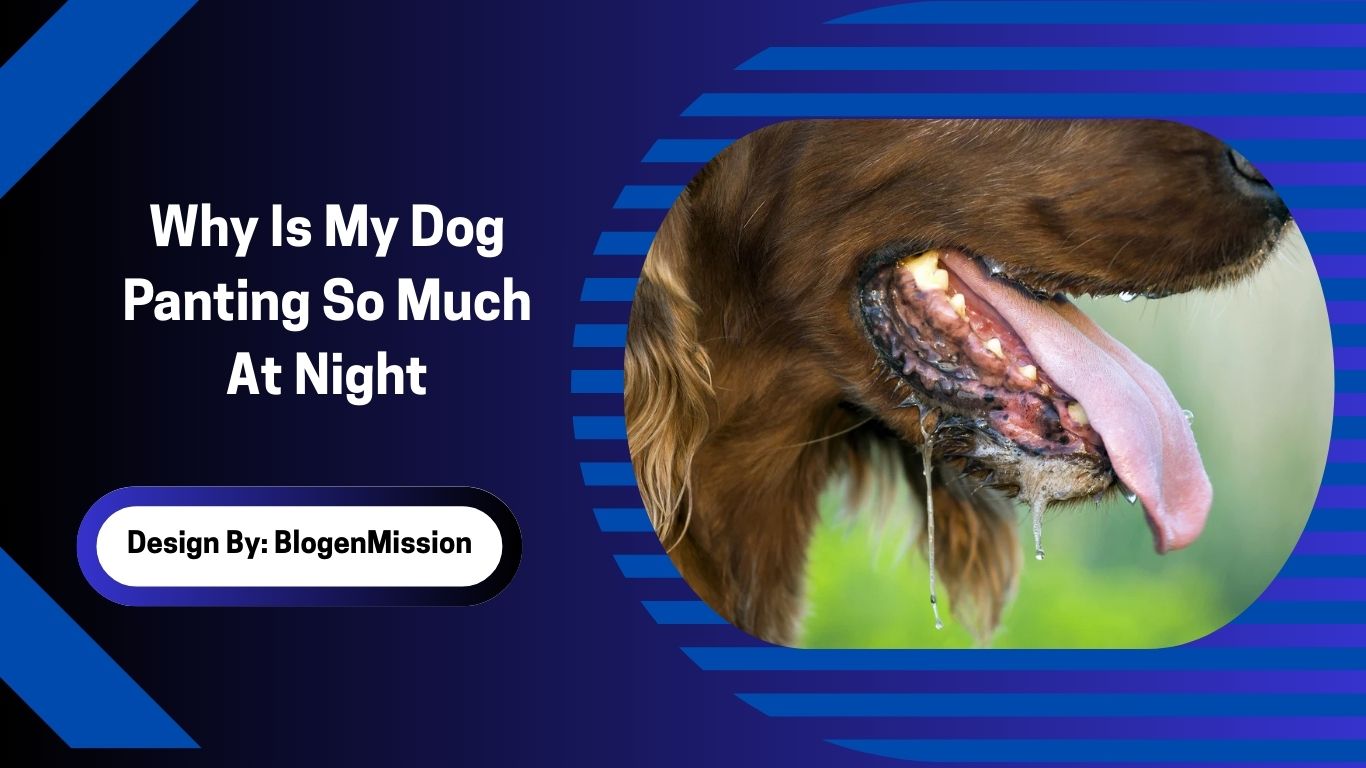Excessive dog panting at night may indicate overheating, anxiety, pain, or health issues. Monitor symptoms, use cooling or calming remedies, and consult a vet for persistent panting concerns.
Noticing your dog panting excessively at night can raise concerns about canine health issues. Dog panting at night is often a normal behavior, but persistent or excessive dog panting may signal underlying problems like anxiety, overheating, or medical conditions.
This comprehensive guide explores the dog panting causes, offers dog panting remedies, and provides actionable advice for nighttime pet care to ensure your pet’s well-being. Let’s dive into why your dog might be breathing heavily at night and how to address it.
Understanding Why Dogs Pant
Panting is a natural way for dogs to regulate body temperature, as they don’t sweat like humans. According to veterinary research, dogs pant to release heat and maintain dog temperature regulation, especially after exercise or in warm conditions. However, excessive dog panting at night, when activity is low, could indicate pet health concerns.
Common triggers include canine anxiety symptoms, dog respiratory issues, or canine medical conditions like heart or lung problems. Recognizing the context of nighttime dog behavior is key to identifying the cause.
Why Dogs Pant at Night vs During the Day?
During the day, dogs usually pant after exercise, excitement, or warm weather. This type of panting is normal because it helps regulate body temperature.
At night, however, panting may signal something different. Since dogs are less active at night, heavy breathing could mean anxiety, pain, overheating in a closed room, or even hidden health conditions like heart or lung problems. If your dog pants more at night than during the day, it’s worth paying attention.
Common Causes of Dog Panting at Night

Several factors can contribute to dog panting at night. Here’s a detailed look at the most common dog panting causes:
1. Dog Overheating at Night
Warm environments or lack of ventilation can lead to dog overheating at night. Dogs with thick coats, like Huskies, are particularly prone. The American Veterinary Medical Association notes that indoor temperatures above 80°F increase the risk of canine heat stroke, which can cause dog breathing heavily and rapid panting. Ensure proper canine cooling tips like fans or air conditioning to prevent overheating.
2. Canine Anxiety and Stress
Dog panting and anxiety often go hand-in-hand, especially at night when stimuli like fireworks, storms, or separation can trigger dog stress signs. A 2023 study in the Journal of Veterinary Behavior found that 30% of dogs exhibit canine anxiety symptoms at night, including panting, pacing, or whining. Pet anxiety at night may stem from changes in routine or environment, requiring dog nighttime panting solutions like calming aids.
3. Dog Pain Symptoms
Pain from conditions like arthritis, injuries, or gastrointestinal issues can cause dog panting at night. Older dogs are particularly susceptible, with 20% of senior dogs experiencing joint pain, per veterinary data. Dog pain symptoms may include restlessness, panting, or reluctance to lie down, signaling a need for veterinary care for dogs.
4. Dog Respiratory Issues
Dog respiratory issues, such as bronchitis or laryngeal paralysis, can lead to dog breathing problems and excessive panting. These conditions are more common in brachycephalic breeds like Bulldogs, affecting 15% of such dogs, according to veterinary studies. Persistent dog breathing heavily at night warrants a dog panting veterinary diagnosis.
5. Canine Heart Problems
Canine heart problems, like congestive heart failure, can cause dog panting at night due to reduced oxygen circulation. The American Animal Hospital Association reports that 10% of dogs over age 10 develop heart issues, often accompanied by coughing and panting. Immediate veterinary care for dogs is essential for heart-related canine medical conditions.
6. Other Canine Medical Conditions
Other canine medical conditions, such as Cushing’s disease, anemia, or fever, can trigger excessive dog panting. For instance, Cushing’s disease affects 1-2% of dogs and increases panting due to hormonal imbalances. A dog panting veterinary diagnosis is crucial to identify these underlying issues.
Recognizing Symptoms of Concern
To determine if dog panting at night is a problem, watch for additional signs of pet health concerns:
- Persistent Panting: Panting lasting over 30 minutes without calming down.
- Dog Stress Signs: Pacing, trembling, or hiding alongside dog panting and stress.
- Dog Pain Symptoms: Whining, limping, or reluctance to move.
- Dog Respiratory Issues: Wheezing, coughing, or labored breathing.
- Canine Sleep Issues: Restlessness or inability to settle at night.
- Other Signs: Lethargy, reduced appetite, or vomiting, indicating canine health issues.
If these symptoms accompany dog panting at night, seek veterinary care for dogs promptly.
How to Address Excessive Dog Panting at Night
Addressing dog panting at night involves identifying the cause and applying targeted dog panting remedies. Here are practical steps for dog nighttime panting solutions:
1. Canine Cooling Tips
To prevent dog overheating at night:
- Keep the sleeping area below 75°F with fans or air conditioning.
- Provide a cooling mat or damp towel for your dog to lie on.
- Ensure access to fresh water to support dog temperature regulation.
2. Dog Panting Home Remedies
For mild cases of dog panting and anxiety:
- Use calming aids like pheromone diffusers (e.g., Adaptil) or anxiety vests.
- Play soothing music or white noise to reduce pet anxiety at night.
- Create a quiet, comfortable sleeping space to improve canine sleep issues.
3. Veterinary Care for Dogs
For persistent or severe panting:
- Schedule a dog panting veterinary diagnosis to check for canine heart problems, dog respiratory issues, or other canine medical conditions.
- Vets may recommend blood tests, X-rays, or heart scans to identify issues.
- Dog panting treatment may include medications for pain, anxiety, or infections.
4. Lifestyle Adjustments
To support nighttime pet care:
- Maintain a consistent routine to reduce dog stress signs.
- Provide regular exercise during the day to promote restful sleep.
- Feed a balanced diet to support overall dog health at night and prevent canine health issues.
Breed-Specific Risks for Nighttime Panting

Some dog breeds are naturally more likely to pant at night:
- Brachycephalic breeds (Bulldogs, Pugs, Shih Tzus) have short noses that make breathing harder, so they pant more.
- Thick-coated breeds (Huskies, German Shepherds) struggle in warm rooms and may overheat quickly.
- Large breeds (Labradors, Rottweilers) are more prone to joint pain, which can trigger nighttime panting.
Knowing your dog’s breed-specific risks can help you manage their environment and prevent unnecessary stress.
Puppy vs Senior Dog Panting at Night
- Puppies often pant at night due to separation anxiety, new environments, or excitement. Their small bodies also overheat more quickly, making them restless at bedtime.
- Senior dogs, on the other hand, may pant at night because of arthritis pain, heart problems, or age-related illnesses. Older dogs should always be checked by a vet if panting becomes frequent, as it could be a warning sign of hidden health issues.
When to Seek Veterinary Care
Immediate veterinary care for dogs is necessary if dog panting at night is accompanied by:
- Dog breathing problems like wheezing or choking sounds.
- Dog pain symptoms such as limping or vocalizing.
- Canine heat stroke signs, including vomiting, collapse, or red gums.
- Dog respiratory issues persisting over 24 hours.
A vet will perform a thorough exam, potentially using diagnostics like bloodwork or imaging to pinpoint the cause and recommend dog panting treatment.
Unique Data on Dog Panting

Recent veterinary studies provide insights into dog panting at night:
- 25% of dogs exhibit excessive dog panting due to anxiety or stress, per a 2023 study in Veterinary Medicine.
- Brachycephalic breeds are 3 times more likely to experience dog respiratory issues at night.
- Senior dogs (over 7 years) account for 60% of cases involving canine heart problems linked to panting.
- Cooling interventions reduce dog overheating at night by 40%, per clinical trials.
These statistics highlight the importance of addressing dog panting causes promptly to ensure pet health concerns are managed effectively.
Dog Panting at Night – What It Really Means?
If you’re asking yourself, “Why is my dog panting at night?” or “Why does my dog pant so much at night?” — you’re not alone. Dogs panting at night can be unsettling for pet owners, especially when the behavior seems excessive or sudden. But why do dogs pant at night in the first place? Often, it’s linked to factors like heat, anxiety, pain, or underlying health issues. If your dog pants excessively at night, it could signal discomfort or even a medical condition.
You may find yourself constantly wondering, “Why is my dog panting at night?” or “Why is my dog suddenly restless and breathing heavily?” While occasional nighttime panting can be normal, ongoing issues like “my dog pants at night and can’t settle” should be evaluated by a vet. Understanding why your dog is panting at night is the first step toward helping them rest easy—and giving you peace of mind.
Environmental Factors That Increase Panting
Your dog’s surroundings can play a big role in nighttime panting. Common environmental triggers include:
- Room temperature: Warm or poorly ventilated rooms can cause overheating.
- Humidity: High humidity makes it harder for dogs to cool down.
- Noise and stress: Thunder, fireworks, or unfamiliar sounds at night can create anxiety.
- Sleeping space: Heavy blankets or small, poorly ventilated crates can make dogs uncomfortable.
Keeping the room cool, calm, and quiet can reduce unnecessary panting.
When Nighttime Panting Becomes an Emergency?
While occasional panting is normal, you should seek immediate veterinary care if your dog shows:
- Continuous panting for more than 30 minutes
- Panting with signs of pain (whining, limping, or restlessness)
- Red or pale gums
- Collapsing, vomiting, or weakness
- Loud wheezing or choking sounds
These may indicate serious conditions like heatstroke, heart disease, or respiratory issues that need urgent treatment.
Preventing Nighttime Panting in Dogs
Preventing dog panting at night involves proactive nighttime pet care:
- Monitor Environment: Keep sleeping areas cool and well-ventilated to avoid dog overheating at night.
- Reduce Stress: Use calming techniques to minimize pet anxiety at night.
- Regular Checkups: Annual vet visits catch early signs of canine medical conditions.
- Healthy Lifestyle: Provide exercise, a balanced diet, and mental stimulation to support dog health at night.
FAQs:
1. Is dog panting at night always a health concern?
Not always. Dog panting at night can be normal after exercise or in warm conditions, but persistent excessive dog panting with dog stress signs requires a dog panting veterinary diagnosis.
2. Can anxiety cause my dog to pant at night?
Yes, canine anxiety symptoms like dog panting and stress are common at night due to noises or separation. Use calming aids or consult a vet for dog panting remedies.
3. How can I tell if panting is due to pain?
Dog pain symptoms include panting, limping, or whining. If your dog shows canine sleep issues or restlessness with dog panting at night, seek veterinary care for dogs promptly.
4. What are signs of canine heat stroke at night?
Canine heat stroke signs include excessive dog panting, red gums, vomiting, or collapse. Cool your dog immediately and seek dog panting treatment from a vet to ensure pet health concerns are addressed.
5. How can I cool my dog at night?
Use canine cooling tips like fans, cooling mats, or fresh water. Keep the room below 75°F to prevent dog overheating at night and support dog temperature regulation.
Conclusion
Dog panting at night can stem from dog overheating at night, canine anxiety symptoms, dog pain symptoms, or serious canine health issues like dog respiratory issues or canine heart problems. By recognizing dog stress signs and applying dog panting remedies like cooling techniques or calming aids, you can improve nighttime dog behavior. For persistent excessive dog panting, seek veterinary care for dogs for a dog panting veterinary diagnosis. Proactive nighttime pet care ensures your dog stays healthy, comfortable, and free from pet health concerns.
Related Post:
- How Much Is A Pet Scan – Guide to Veterinary Pet!
- Hotels Where Pets Stay Free – Guide to Pet-Friendly Lodging!
- Pet Fix Savannah – Low-Cost Spay/Neuter!
- How Long Do Pet Allergy Symptoms Last – Comprehensive Guide!
- Can I Pet That Dog Shirt – Stylish Dog Love!
